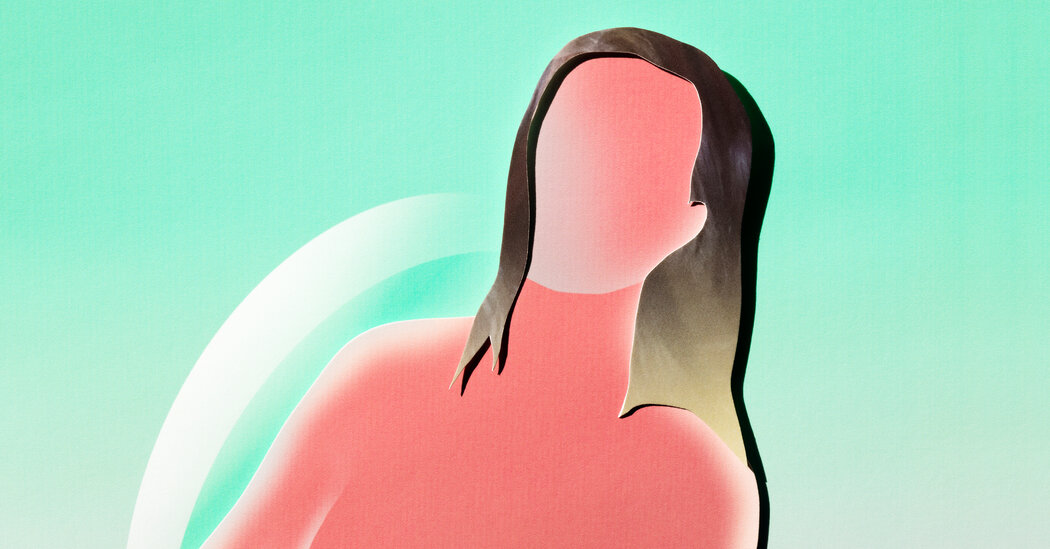More than a decade after her original diagnosis, she suddenly had episodes of losing consciousness. Was this a different type of seizure?
“I’m feeling a little stroke-y,” the 33-year-old woman said to her friend Clare as they stood in her kitchen making pizza one evening. Clare looked up from the crust she was stretching. Her words were slurred, and for a moment she just stood there, unmoving, knife in hand. Suddenly she threw the knife up in the air. Her body stiffened, and she teetered. Clare caught her, then eased her rigid body to the floor. The woman’s face was a terrible gray. Her eyes were open but unseeing. Clare crouched beside her, terrified and uncertain what to do. After what seemed an eternity but was probably less than a minute, the body on the floor blinked, then gasped. Color flooded back into her face. Clare almost wept with relief.
“What was that?” she demanded.
“I don’t know,” her friend answered slowly, still looking a little out of it. “I think it was a seizure.”
Just over a decade earlier the young woman was diagnosed with epilepsy. But she’d had the strange episodes her doctors told her were seizures for many years. They were always the same: She would suddenly have a strong feeling of déjà vu, followed by a sense of impending doom and a sensation of falling, as if on an elevator dropping through space. Sometimes there was an odd chemical smell. She was awake throughout. She could hear everything and see everything, though sometimes she couldn’t speak. And then it would be over. The whole thing lasted less than a minute. The woman thought they were panic attacks, until she had one at work.
She was teaching a swimming class when, in the middle of a sentence, she stopped speaking. She just stood there, not moving, for maybe 30 seconds. That was no panic attack, a fellow teacher stated flatly. She made an appointment to see her primary-care doctor in Vancouver, British Columbia, where she lived. He referred her to a neurologist. An EEG showed that the electrical activity was slower in her temporal lobe on the left. A scan of the brain was unrevealing, so she was started on an anti-seizure medication. And other than that, her life went on as before. She could play hockey, hike, climb and do the open-water swimming she loved.
Every now and then, maybe two or three times a year, when she was very tired or stressed or she skipped a meal or two, she could still end up in that déjà vu, plunging-elevator moment. But she never lost consciousness — until two years earlier. She was with her mother when she suddenly stopped talking and slid off her chair. She woke almost immediately. Her mother took her to the emergency department at Vancouver General Hospital. The doctors there found nothing wrong. They weren’t sure what happened, but she seemed OK.
She was sitting at her desk at work a few months later and the strange déjà vu and dread hit her. The next thing she knew, she was on the floor, her cheek throbbing from a rug burn. A few days later she got a call. The security camera had filmed something she needed to see. She sat in the security office and watched herself that day, sitting at her desk, then going completely limp and sliding out of her chair onto the floor. After about 15 seconds she saw her body jerk and then, again, nothing. Finally, after another 15 seconds or so, the body on the floor started to move. Slowly she sat up. Her movements were tentative, as if she were weak or drunk. Seeing this, the woman was scared. She called her neurologist. “Something bad happened,” she told the nurse. Her neurologist increased her anti-seizure medications and then referred her to the Epilepsy Clinic at Vancouver General Hospital.
